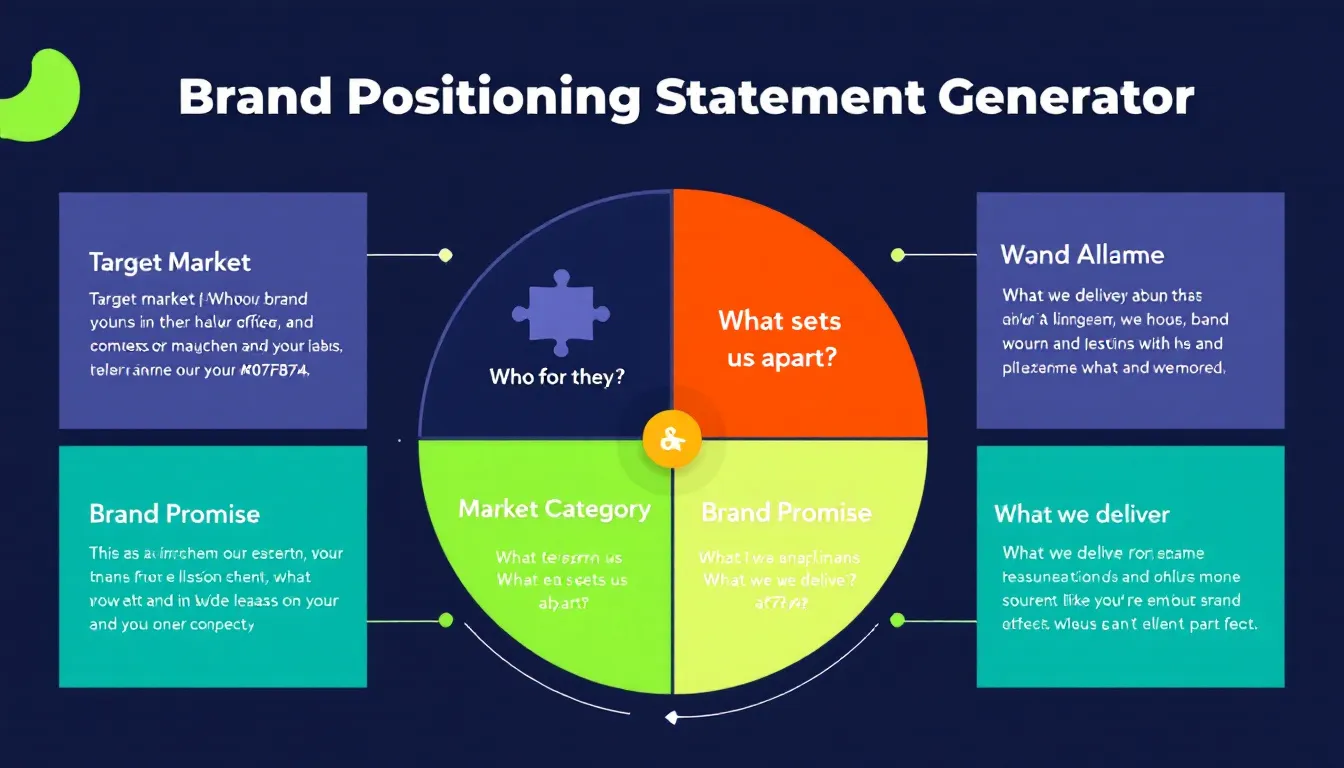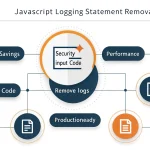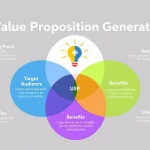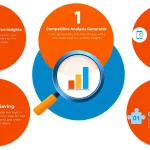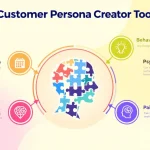Is this tool helpful?
How to Use the Brand Positioning Statement Generator Effectively
This brand positioning statement generator helps create clear, compelling positioning statements by following these steps:
- Enter your brand name (e.g., “Sustainable Harvest Foods” or “TechnoFit Wearables”)
- Define your unique value proposition in the dedicated field
- Specify the target problem or need your brand addresses
- Describe your target audience precisely
- Optional: Include your industry for more contextual positioning
Field-by-Field Guide
Brand Name
Enter your complete brand name as it should appear in official communications. Example inputs:
- GreenLife Organics
- SwiftTech Solutions
Unique Value Proposition
Detail what sets your brand apart from competitors. Example inputs:
- Handcrafted sustainable furniture using reclaimed wood and zero-waste manufacturing processes
- AI-powered financial planning solutions that provide personalized investment strategies for millennials
Target Problem
Clearly articulate the specific challenge or need your brand addresses. Example inputs:
- Limited access to affordable, professional-grade home fitness equipment and personalized training
- Lack of transparent, sustainable supply chains in the coffee industry
Target Audience
Define your ideal customer segment with specific characteristics. Example inputs:
- Health-conscious urban professionals aged 25-40 seeking convenient wellness solutions
- Small business owners requiring enterprise-level cybersecurity solutions
Understanding Brand Positioning Statements
A brand positioning statement is a strategic declaration that defines your brand’s unique place in the market. It serves as the foundation for all marketing communications and brand decisions, ensuring consistency across all channels and touchpoints.
Core Components of an Effective Position Statement
- Target Market Definition: Specific audience identification
- Market Category: Industry context and competitive frame
- Brand Promise: Key benefits and value proposition
- Reason to Believe: Supporting evidence for claims
Benefits of Using the Brand Positioning Statement Generator
Strategic Clarity
- Ensures consistent brand messaging across all platforms
- Provides clear direction for marketing initiatives
- Helps align team members around common brand goals
- Facilitates decision-making in brand-related matters
Time and Resource Efficiency
- Eliminates the need for lengthy brainstorming sessions
- Reduces revision cycles in statement development
- Streamlines the brand strategy process
- Enables quick iterations and refinements
Professional Framework
- Follows industry-standard positioning statement structure
- Incorporates best practices in brand positioning
- Maintains professional language and tone
- Ensures all critical elements are included
Practical Applications and Use Cases
Startup Brand Development
Example: A new fitness technology startup, “FitFlow,” uses the generator to position themselves:
- Brand Name: FitFlow
- Unique Value: AI-powered personalized workout tracking with real-time form correction
- Target Problem: Ineffective workout routines and injury risk from improper form
- Target Audience: Tech-savvy fitness enthusiasts aged 25-45
- Industry: Fitness Technology
Brand Repositioning
Example: An established organic food store repositioning for expansion:
- Brand Name: Nature’s Pantry
- Unique Value: Curated selection of locally-sourced organic products with farm-to-table traceability
- Target Problem: Limited access to verified organic products with transparent sourcing
- Target Audience: Health-conscious families and sustainability advocates
- Industry: Organic Retail
Maximizing Statement Effectiveness
Best Practices
- Keep statements concise and focused
- Use specific, measurable claims
- Include distinctive competitive advantages
- Ensure claims are credible and sustainable
- Align with current market conditions
Common Pitfalls to Avoid
- Overly broad target audience definitions
- Vague or generic value propositions
- Unrealistic or unsubstantiated claims
- Copying competitor positioning
- Ignoring market context
Frequently Asked Questions
What is a brand positioning statement?
A brand positioning statement is a strategic tool that articulates your brand’s unique value proposition, target audience, and competitive advantage in a clear, concise format.
How often should I update my brand positioning statement?
Review your positioning statement annually or when significant market changes occur, such as new competitor entries, shifts in consumer behavior, or major product innovations.
Should I include my company mission in the positioning statement?
While related, your mission statement and positioning statement serve different purposes. Focus on market position, target audience, and unique value proposition in your positioning statement.
Can I create multiple positioning statements for different markets?
Yes, you can create market-specific positioning statements while maintaining your core brand identity, especially when operating in diverse geographical or cultural markets.
How do I validate my positioning statement?
Test your positioning statement with target audience members, industry experts, and internal stakeholders to ensure it resonates and accurately reflects your brand’s value proposition.
Should my positioning statement be public-facing?
No, positioning statements are primarily internal documents that guide marketing and brand strategy. They inform public-facing communications but aren’t typically shared directly with customers.
How detailed should my target audience description be?
Include specific demographic, psychographic, and behavioral characteristics that clearly define your ideal customer while remaining focused and actionable.
Can startups use this tool effectively?
Yes, startups can particularly benefit from this tool as it helps establish clear market positioning and brand direction from the outset of their operations.
Important Disclaimer
The calculations, results, and content provided by our tools are not guaranteed to be accurate, complete, or reliable. Users are responsible for verifying and interpreting the results. Our content and tools may contain errors, biases, or inconsistencies. We reserve the right to save inputs and outputs from our tools for the purposes of error debugging, bias identification, and performance improvement. External companies providing AI models used in our tools may also save and process data in accordance with their own policies. By using our tools, you consent to this data collection and processing. We reserve the right to limit the usage of our tools based on current usability factors. By using our tools, you acknowledge that you have read, understood, and agreed to this disclaimer. You accept the inherent risks and limitations associated with the use of our tools and services.
